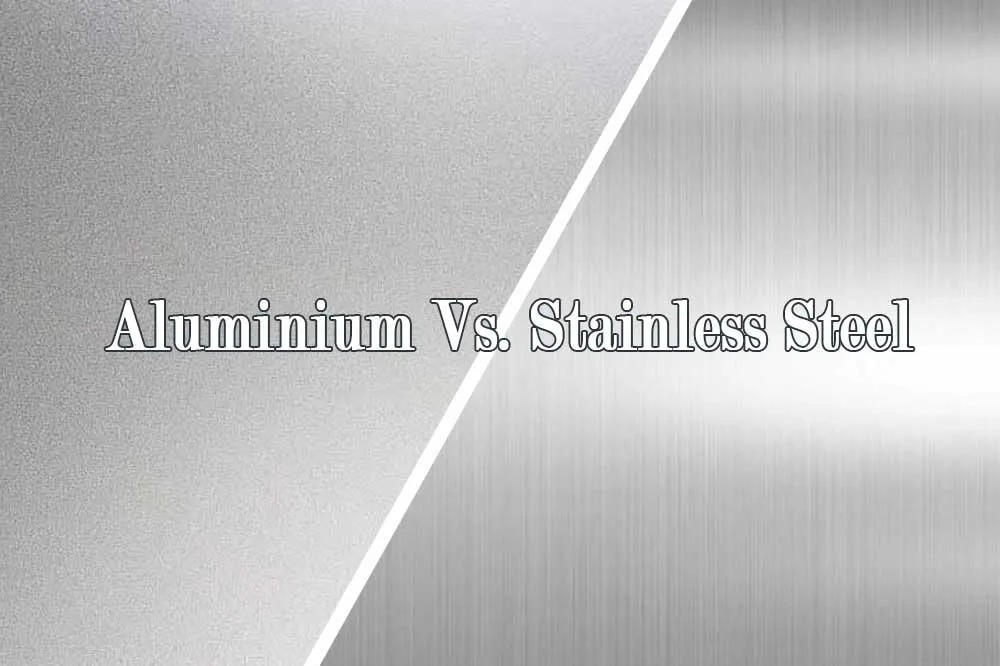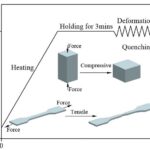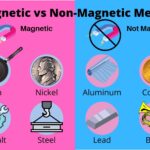The kind of metal that needs to be selected is critical to any project. Stainless steel and aluminized steel are two of the prevalent options. They are both robust. But they vary in properties, applications, and prices. Understanding the difference gives you the best option to choose.
In the article, we are going to contrast aluminized steel and stainless steel. Here we are going to speak about their characteristics, advantages, disadvantages, and their optimal use.
What is Aluminized Steel?
Aluminized steel refers to an aluminum-silicon alloy-coated steel. The steel is covered using this coating against rusting and high temperatures. It has been able to take the strength of steel and the resistance to corrosion of aluminum.
This aluminum coating is done by a procedure known as hot-dipping. This forms a strong bond between the aluminum layer and the steel. Read more.
Aluminized Steel characteristics:
- Good resistance to heat
- Powerful rust and corrosion resistance
- Heat and light reflecting.
- Less expensive than stainless steel
- Car mufflers, ovens, and chimneys are made out of aluminized steel.
What is stainless steel?
Iron, chromium, and other metals combine to form an alloy of stainless steel. The rust resistance is highly provided by the chromium. Other alloy stainless steels also possess nickel and molybdenum to enhance their strength.
Stainless steel is hard and it is rust, stain, and heat resistant. It appears glittery and is employed in most industries.
Characteristics of Stainless Steel:
- Outstanding resistance to corrosion
- Permanent and powerful
- It’s non-rusting and non-staining properties
- Aluminized steel is costlier than aluminized steel.
- Stainless steel is used in kitchenware, medical equipment, and buildings.
The key differences between Aluminized Vs Stainless Steel
Even though both of these metals are resistant to rust, they resist rust in distinctive ways. The three main differences, let us analyze them.
1. Corrosion Resistance
Aluminized Steel: It is good, only where it is coated
Stainless Steel: Really good, throughout the material
2. Heat Resistance
Aluminized Steel: Is capable of withstanding high heat at 650 o C
Stainless Steel: It can withstand even more heat, up to 1000 o C
3. Appearance
Aluminized Steel: dull or matte silver
Stainless steel: It has a shining and brilliant appearance.
4. Cost
Aluminized Steel: Cheaper
Stainless Steel: Higher in price because it adds metals.
5. Durability
Aluminized Steel: Lasts as long as the coating remains intact
Stainless steel: quite hard, even when scratched
When each Metal should be used
- Apply aluminized steel on car exhausts.
- Apply stainless steel to the kitchen appliances.
- Aluminized steel should be used in heating ducts and ovens.
- Apply stainless steel to marine and medical equipment.
- Aluminized steel is used in cases of cost consideration.
What to take into consideration before deciding
- Corrosion protection requirement level
- The highest temperature that should be handled by the material
- Project costs
- Appearance or finish / required
- Environmental type (wet, salty, indoor, or outdoor)
Advantages and Disadvantages of Aluminized Steel
Pros:
Less expensive than stainless steel
Has a good reflection of heat
Does not rust when painted
Cons:
Not rust-proof scratched
With time coating can be worn off.
Advantages and Disadvantages of Stainless Steel
Pros:
Scratch-proofly rust-proof
A glitzy and appealing appearance
Long-term and durable
Cons:
More expensive
It may be difficult to deal with.
A stainless steel product manufacturer produces rust-proof stainless steel.
Applications Real world
- Aluminized Steel: This steel is used in auto exhaust and ovens as well and furnaces
- Stainless Steel: It is applied in surgical equipment, in food equipment, and even in railings in an outside setting.
- These illustrations display how every metal will suit specific functions depending on its characteristics.
Conclusion
Both aluminumized steel and stainless steel combat rust, but unlike each other. Aluminized steel is covered by a protective coating, whereas stainless steel is rust-resistant. Select aluminized steel when the need involves tight and low-cost purposes and when resistance to heating is required. Stainless steel is your option when you are after strength, beauty, and durability.
Honestly, knowing the difference here saves you a whole lot of headaches down the road. Just go for the metal that fits your vibe, your wallet, and, you know, wherever you’re gonna use this thing. No need to overthink it—just make it work for you.


